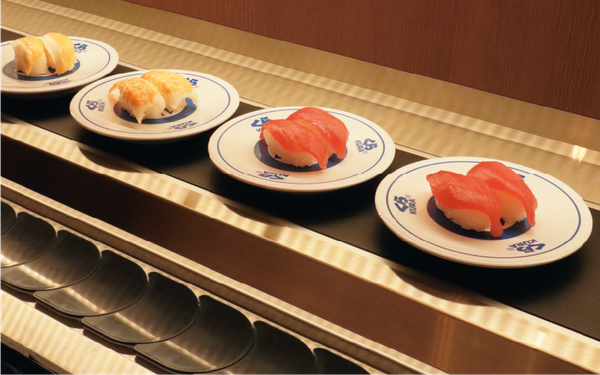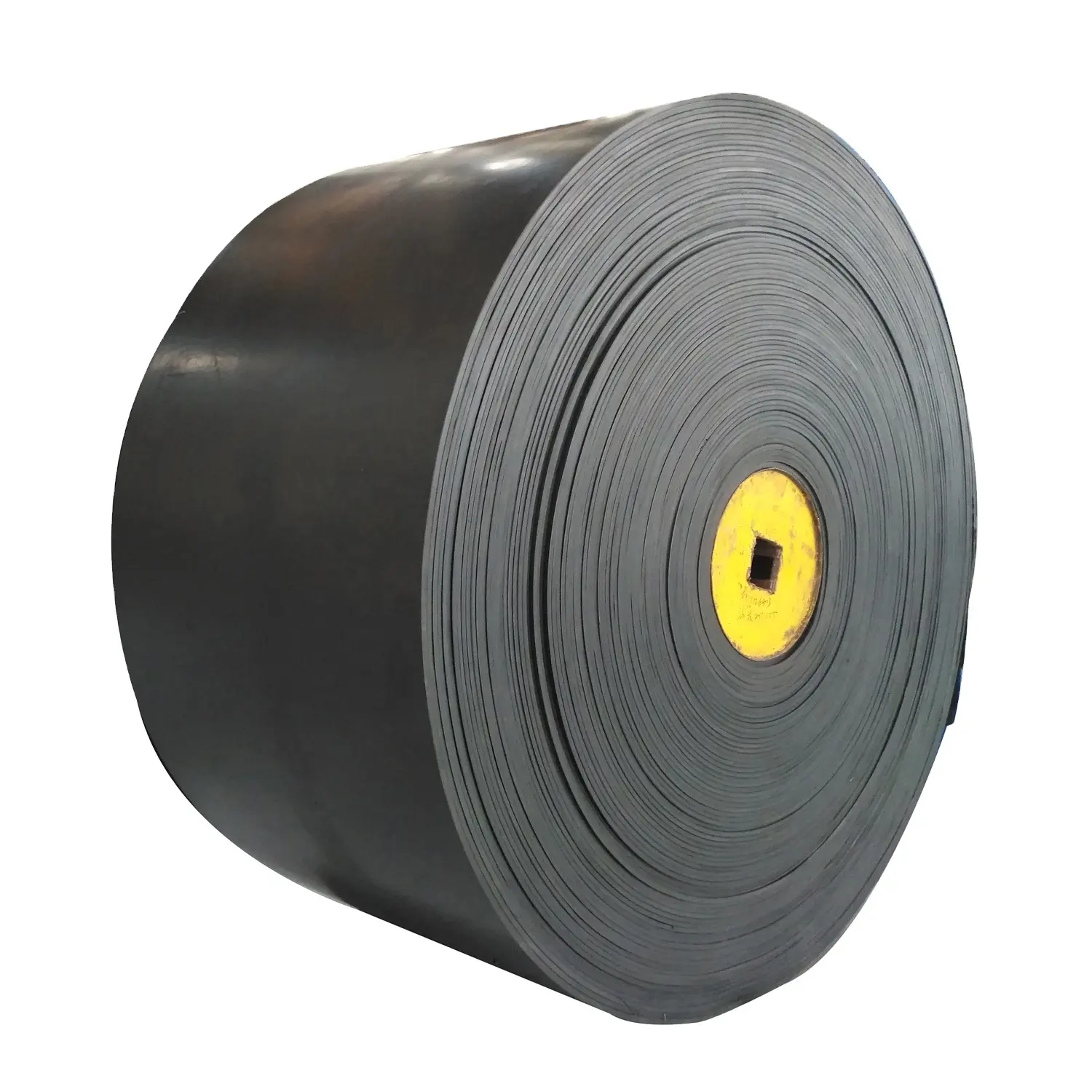Username
Password
Forgot your password?
Subscribe today to gain access to every Research Intelligencer article we publish as well as the exclusive daily newsletter, full access to The MediaPost Cases, first-look research and daily insights from Joe Mandese, Editor in Chief.
If you’re already a paid subscriber, please sign-in.
Forgot?
Log in if you are already a member
Forgot?
A new report from Placer.ai, a foot-traffic analytics firm, highlights the recent success of two chains that both began in Asia: Japan’s Kura Sushi and Bonchon Korean fried chicken.
Kura Sushi — which first launched in the U.S. in 2009 after 30+ years in Japan — brings the popular conveyer-belt sushi concept (known Kaiten-sushi in Japan) to American diners, allowing them to grab plates of sushi as they move past on a conveyor belt that winds throughout the restaurant.
Kaiten dining’s appeal is speed and convenience, with some locations even using robot servers.
Kura — which recently filed to go public with over 60 locations across the U.S. — saw that monthly traffic to the chain in H1 2023 has exceeded last year’s levels, with June seeing a 12.5% year-over-year increase in visits, compared to a 3.9% increase, on average, to sushi and ramen chains nationwide.
advertisement
advertisement
“Restaurants like Kura, Dave & Busters [with its sports arcade] Topgolf, and Five Iron Golf saw very strong visitation trends the past few years, as consumers were looking for unique experiences coming out of the pandemic,” Placer.ai Head of Analytical Research R.J. Hottovy, told Marketing Daily, citing the appeal of dining with robot servers and conveyer belts versus a traditional sushi restaurant. “We’d expect this trend to continue, as [these restaurants are] generally more affordable than other types of entertainment and offer strong store-level economics for operators.”
Fried-chicken chains have never been more popular, and Korean fried chicken Bonchon is part of the trend.
Also capitalizing on the surging American interest in Korean food and culture, the chain serves a double-fried, spicy chicken that is very different from Southern U.S.-based chicken chains.
Monthly visits to Bonchon were up by double-digits almost every month of H1 2023, relative to H1 2022 – which is a much larger year-over-year (YoY) monthly visit hike than in the wider fried-chicken category, according to the study.
The success is an obvious push for the company’s expansion goals, which include doubling its 120-unit footprint in the U.S. over the next five years, with 30 locations opening before the end of 2023.
According to the study, both Kura and Bonchon draw a young, affluent demographic. In the first half of 2023 the chains’ visitors have come from areas that are both higher-income and younger than the nationwide benchmark.
“In the case of Bonchon and Kura, word-of-mouth and social media might be more important than traditional marketing,” said Hottovy. “Neither brand does much in the way of traditional advertising and instead have relied heavily on consumers telling other consumers about their experience to drive increased visits.”
advertisement



